Taking a look at 10 fascinating abandoned airports around the world, or ghost airports.
As of 2013, the US Department of Transportation shows that there are 19,453 airports1 in operation across the United States. 5,155 of these airports are public use (of which 542 are certificated by the FAA as having air-carrier operations with aircraft able to seat 10+ passengers); 14,009 are private use airports (sometimes no more than a single asphalt or sod strip); and 289 are strictly military use airports. The CIA, with a slightly more strict definition of ‘airports and airfields being recognizable from the air, with distinct runways that are not overgrown‘ puts the number at 13,513. The CIA further reveals that there are 41,821 airports worldwide that meet this definition, meaning the US holds about 1/3 of the airports worldwide.
That’s a lot of airports. A lot. While those numbers sink in, let me throw a few additional numbers at you for your consideration: 1,849; 1,071; 1.1 billion; and 2. These numbers represent loss, sometimes through miscalculation, sometimes through conflict and devastation, sometimes through improvement, and sometimes for reasons no one quite understands. There are, according to Paul Freeman’s extensive efforts, 1,849 mostly or entirely abandoned airports and airfields in the United States, and, according to Ronald V (who was inspired by Freeman’s efforts in the US) 1,071 airports and airfields of similar abandoned status in Europe. Many of these abandoned facilities are directly related to the 2 World Wars and countless regional wars we’ve seen in recent history, either serving during these wars and outliving their usefulness after the end of the war, or being put out of commission as a result of these wars. Which leaves 1.1 billion. That would be Euros, by the way, the 1.1 billion Euros spent building Ciudad Real Central Airport, the first private International airport in Spain. Which operated for two years, before closing and being abandoned.
Interested? Good. Because we’re going to take a look at 10 of the more incredible abandoned airports around the world. Before we begin, I’d like to say that the history surrounding a few of these ghost airports and their fate relates to war and other armed conflicts. I’m interested in providing information and telling the story of these airports, and hopefully am able to do so without coming across as anything less than respectful when discussing the details of the wars and conflicts surrounding the history of these airports.
Ghost Airports Serving in the War
Abandoned Airports: 1 – Floyd Bennett Field, New York
Before it became Floyd Bennett Field (named after famed aviator and Medal of Honor recipient Floyd Bennett) this airfield existed as a single compacted dirt airstrip on an area of Barren Island, a marsh island composed of 33 smaller landmasses. This lone dirt airstrip was used primarily as a landing point for an unknown aviator taking people on airplane joyrides. This all changed when the site was selected to be the location for New York’s first municipal airport. Though as it currently existed, Barren Island was not big enough for the planned complex, New York City had a plan. They pumped six million cubic yards of sand out of Jamaica Bay and used it to fill in the marshes of Barren Island, raise the site to 16 feet above the high tide water mark, and connect it to mainland Brooklyn.
(Image: Public Domain)
Officially opened in May 23, 1931, this airfield saw many famous visitors during the golden age of aviation. Charles Lindbergh, Jackie Cochran and Howard Hughes all occasionally flew from here, the latter of whom used the field as the starting and finishing point for his record-setting 91 hour circumnavigation of the world in July of 1938. During World War 2, the US Navy first leased, and then bought the airfield, converting it to Naval Air Station New York. Aircraft from NAS New York patrolled the Atlantic coastal waters, engaging German U-boats and sustaining casualties, though the government decided not to share this information with the public during the war. After the war, through the early 1970s, the base served in a support capacity for Naval Air Reserve, Marine Air Reserve, and New York Air National Guard units.
Then, in 1971, NAS New York was deactivated, and all the various military squadrons and personnel were transferred to other bases. Most of the land was transferred to the National Park Service, and became part of the Gateway National Recreation Area, though the Coast Guard operated a small branch from the airfield until 1998, when it too moved to a new location. Today, the only aviation use the airfield sees is from the NYPD, who run a small emergency services heliport there.
(Image: Msedwick, Public Domain)
Though some of the buildings have been re-purposed for public use, and the National Park Service runs 90 campsites on the island (making it the only legal campground in New York City, and the only public campground run by the NPS within the limits of an American city), much of the airfield, hangars, and other buildings have fallen into disrepair, with nature moving in to begin reclaiming the land.
Abandoned Airports: 2 – Nicosia International Airport, Cyprus
Though many commercial airports that are abandoned eventually become re-purposed or torn down, the Nicosia International Airport in Cyprus remains much as it was in the 1970s, slowly rusting and rotting away under thick blankets of dust.
(Image: Dickelbers, CC3)
Initially constructed in the 1930s as an airbase for the RAF, it also served the Allies during World War 2, as a deployment base for American bombers. In 1948, commercial services were re-introduced to the base, with multiple carriers quickly providing services. By May of 1949, the first terminal was constructed, and through the 50s and 60s, the airport continued to grow in size and traffic. By 1966, the RAF withdrew from the field due to the vastly increased commercial and civilian traffic, and in March of 1968, a brand new, modern terminal was built that could accommodate 800 people at one time with a parking apron for 11 aircraft.
In June of 1974, plans were put in place for the terminal to be extended, and the apron enlarged to support 16 aircraft, including 2 spaces for wide-bodied aircraft. Sadly, this was never to happen, as on July 15, 1974, Greek nationalists staged a coup and overthrew the current democratically elected president of Cyprus, Archbishop Makarios. The nationalists started using the airport to move troops from Greece to Cyprus in support of the coup, and on July 20, 1974, Turkey invaded Cyprus, heavily bombing the airport and forcing its closure.
The airport became the scene of some of the heaviest fighting between the Greek and Turkish forces on Cyprus, so the United Nations Security Council declared the airport a United Nations Protected Area during the conflict, demanding that both sides withdraw their forces to outside a 500 meter perimeter around the airport. On August 16, 1974, a ceasefire was signed between the two sides, and the airport became part of a UN controlled buffer zone to separate the two factions, making it unable to return to use as an airport since that time. Though the UN runs a small peace keeping force out of the airport, the vast majority remains unused, slowly falling more and more into disrepair. Though plans to reopen the airport have been considered many times since the 1970s, in 2013 it was suggested that with three other currently operating airports on Cyprus, it was no longer necessary, and the airport and land it resides on should perhaps be considered for another use, such as conversion into an industrial park.
(Images: Dickelbers, CC3)
(Image: Cyprus Gallery, CC2)
Abandoned Airports: 3 – Old Daber Airfield, Germany
Built in 1934, under a Nazi initiative to revive the Luftwaffe, this field served in the German war efforts until it was overrun and occupied by the Russian army in 1945. The Russians then moved in several units of the Soviet Air Force, and over the next 20 years, extended the runway to 7,900 feet, added a radar site, and added a nearby surface to air missile site. In 1961, they also added additional air regiments, including the 33 IAP regiment, who were equipped with MiG-29 Fulcrum-A/B fighters and the MiG-23UM Flogger-C operational trainer.
In 1989, with the reunification of East and West Germany, the Russian Government agreed to return all military bases by the end of 1994, and Old Darber was turned back over to German control on June 20, 1994. After a few years of use, the airfield was abandoned. Since being abandoned and slowly reclaimed by the surrounding flora, the long runway has been used occasionally for racing purposes, and recently, plans to turn the airfield into a photovoltaic storage plant have been proposed.
Abandoned Airports: 4 – Željava Airbase – Croatia, Bosnia / Herzegovina
Željava Airbase, on the border of Croatia and Bosnia / Herzegovina under the Plješevica Mountain, was the largest underground airport and military airbase in former Yugoslavia, and one of the largest in all of Europe. Construction began in 1948, and took two decades, finally finishing in 1968. During that two decade period, nearly 6 billion dollars was spent on it, making it one of the largest military projects in all of Europe. The main function of the airbase was to be an early detection center, similar to NORAD, and it was built to be able to take a direct hit from a 20 kiloton nuclear bomb (the size of the one dropped on Nagasaki) and still function.
The surface had 5 runways, between 7,000 – 12,000 feet in length, missiles sites, multiple surface to air missile interceptor systems, and motorized infantry bases. The extensive tunnel system built under the mountain, running 3.5 kilometers, could house two full fighter squadrons, a full reconnaissance squadron, and all the necessary maintenance facilities. Additionally, it had an undergorund water source, power generators, crew quarters, a mess hall the could feed 1000 people at once, and enough food, fuel and ammunition for 30 days. In other words, they were prepared.
In 1991, the airbase saw extensive use during the Yugoslav Wars, and while withdrawing from the airbase, the Yugoslav Army filled pre-built spaces in the runways (designed exactly for this purpose) with explosives, and detonated them to render the runways unusable. When the Serbian Military arrived shortly after, they completed the destruction of the base by setting off an additional 56 tons of explosives all through the tunnel complex. The resulting detonation was said to be so powerful, that the nearby village of Bihac claimed to see smoke rising from the tunnels for six months after the detonation.
The destruction of the base caused incalculable damage to the buildings and equipment left behind, and to the surrounding environment. The site is also now littered with live anti-tank and anti-personnel mines, which some local police forces use to train mine sniffing canine units, but which make it a dangerous place to visit.
(Image: Jerry Gunner, CC2)
Abandoned Airports: 5 – The Johnson Atoll, Pacific Ocean
The Johnson Atoll, a collection of four islands, two natural (Johnson and Sand Islands) and two man-made (Akau and Hikina, created in 1964), first came into United States control under the ‘Guano Islands Act’. No, I did not make that up. According to the ‘Guano Islands Act‘:
‘Whenever any citizen of the United States discovers a deposit of guano on any island, rock, or key, not within the lawful jurisdiction of any other Government, and not occupied by the citizens of any other Government, and takes peaceable possession thereof, and occupies the same, such island, rock, or key may, at the discretion of the President, be considered as appertaining to the United States.‘
Got that? If an uninhabited island has a large deposit of crap, as a citizen of the United States, you can claim it for your country, if, you know, nobody else has. By 1890, the guano deposits on Johnson and Sand Islands had been almost entirely mined out, and people left them alone for a time. In September of 1909, another expedition came around to see if the island’s reserves of guano had been replenished. They built a shed on Johnson Island, and a small tramline to the island’s chief source of guano, before deciding there wasn’t enough guano to make it worth their time (I can only hope this led to exclamations like ‘What a crock of s***!’ and ‘I can’t believe this s***!’). Once again the islands were left to their own devices.
Then, in July of 1923, an agricultural expedition to the island led to it being surveyed in a pioneering aerial photography project, using a Douglas DT-2 floatplane hanging a camera out the back. At the same time, the animal life on the islands was also surveyed, with dozens of types of sea birds, lizards, and hermit crabs being cataloged as among the island’s natural inhabitants. Marine life also abounded in the coral and waters around the islands, and on July 29, 1923, President Calvin Coolidge declared the Johnson Atoll a federal bird refuge, and placed it under the control of the US Department of Agriculture.
Where it remained until December 29, 1934, when President Franklin D. Roosevelt transferred control of the Johnson Atoll to the Secretary of the Navy. In 1935, minor construction began in the atoll to make it better for seaplane operations, and in 1936, the Navy began the first of many enlargement procedures to increase the atoll’s land area. They also built a few small buildings on the islands, and blasted a section of coral to create a 3,600 foot seaplane landing. In 1939, they dredged the lagoon around Sand Island, and used the material gathered from the dredging to create a parking area connected to Sand Island by a 2000 foot causeway, and cleared three additional seaplane landings.
Finally, in 1941, they decided it was time to really get serious with the expansion. Between September 1941 and December 1943, a 4,000 foot long (lengthened to 6000 feet in December of 1943), 500 foot wide airstrip was constructed on Johnson Island, along with two 400 man barracks, two mess halls, a cold storage, a fresh water plant, fuel storage, shop buildings, and an underground hospital. At the same time, Sand Island also got another 10 acres of parking added to the seabase, their own 400 man barracks, a mess hall, water tanks, an underground hospital and a 100 foot steel control tower. During this time, the Johnson Atoll was a key refueling and deployment station for US Submarines and Bombers in the Pacific Theater during World War 2, and was shelled three times by a Japanese submarine on December 15, 22, and 23, 1941, as it returned from taking part in the attack on Pearl Harbor.
(Image: Smithsonian Institution, Public Domain)
After World War 2, the Johnson Atoll saw a variety of uses, from serving as a LORAN station for the Coast Guard, to being used as a nuclear missile testing site during the late 1950s and early 1960s and biological weapons test site in 1965, to a chemical weapons storage and disposal facility from 1970 to 2001. During this period, the islands of Akau and Hikina were created, and Sand Island and Johnson Island were significantly increased in size due to extensive coral dredging.
(Image: Indolences, Public Domain)
(Image: US Dept. Defense, Public Domain)
Sadly, all these later activities led to severe pollution and contamination of the surrounding environment (in particular several failed nuclear missile tests that littered that atoll with plutonium, and leaking canisters of the 1.8 million gallons of agent orange stored there after the Vietnam War), and in 2003, the Johnson Atoll Chemical Weapons Disposal System, and most of the other remaining building were dismantled and removed, and the runway was marked as closed.
Today, only a few buildings remain. Chief among them is the Joint Operations Center, a 4 story steel and concrete structure with no windows at the east end of the runway, built to withstand category 4 tropical cyclones and atmospheric nuclear testing. Some chemical bunkers in the weapons storage area and at least one Quonset hut make up the rest of the few buildings left behind. The stripped Johnson Atoll was placed up for auction by the US General Services Administration, with several deed restrictions, in 2005 as a possible ‘residence or vacation getaway’, but was removed shortly thereafter, presumably when someone pointed out that ‘severe contamination from nuclear testing and chemical weapons disposal’ was not high on most lists of desired residential amenities. Since the base’s closure, and the Atoll’s abandonment, several vessels have visited the site, carrying those fascinated by the history of these remote coral islands.
(Image: Smithsonian Institution, Public Domain)
Ghost Airports: Out With the Old, In With the New
Abandoned Airports: 6 – Stapleton International Airport, Colorado
On occasion, it becomes necessary to close down an existing airport to make way for a newer and more modern one, capable of handling more traffic. This was the case with Stapleton International Airport, which served the city of Denver as the primary airport for 66 years before being closed down to make way for Denver International Airport in 1995.
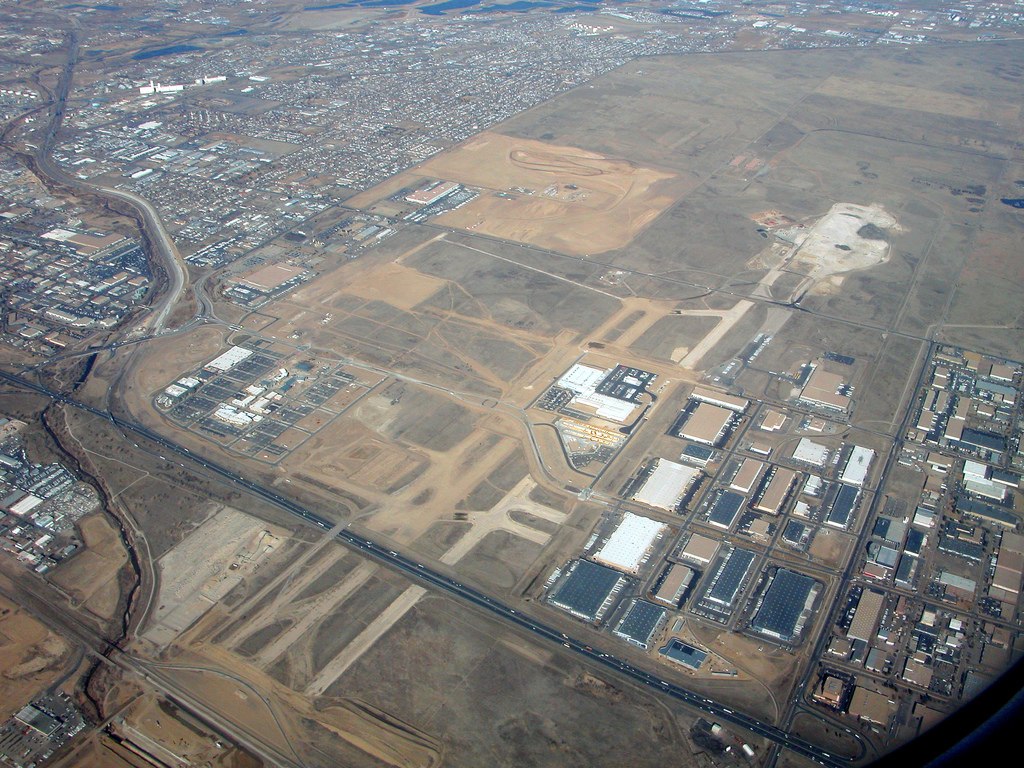
(Image: Doc Searls, CC2)
Stapleton was opened on October 17, 1929, as Denver Municipal Airport. After an expansion in 1944, it was renamed to Stapleton Airfield in honor of Denver mayor Benjamin F. Stapleton2. Over the next four decades, Stapleton was expanded multiple times, eventually gaining 6 runways (3 sets of 2 parallel runways) and 5 terminal concourses. However, by the mid 1980s, plans were underway to replace Stapleton with a new airport due to a variety of problems. These included inadequate separation between runways, causing incredibly long wait times in bad weather; no room for additional airlines who wanted to use Stapleton for new destinations; lawsuits over the noise from adjacent residential communities; and no room for additional expansion.
On February 25, 1995 the last airplane departed Stapleton International, and a convoy of vehicles left the airport for the newly constructed Denver International3, which opened for business the very next day. Originally, Denver planned on finding new tenants for the buildings, but this proved very difficult, as the buildings were not well suited for other purposes. A severe hail storm in 1997 punched holes in the roofs of many of the terminal and concourse buildings, causing extensive water damage and leading to the buildings being torn down. The area was eventually targeted for redevelopment, and though much of the airport has since been removed, the control tower will be left in place as a monument to this former international traffic hub.
(Image: xnatedawgx, CC3)
(Image: Bradley Gordon, CC2)
Abandoned Airports: 7 – Kai Tak Airport, Hong Kong
Kai Tak Airport (referred to as Hong Kong International or Hong Kong Kai Tak International during its operational years) served as the primary airport for Hong Kong for decades, until increasingly dangerous approaches, and the need for a larger, higher capacity airport led to the construction of a new Hong Kong International airport 19 miles to the west. In 1925, Kai Tak Airport began life as a small grass airstrip next to Kowloon bay, which served the RAF, and several local flying clubs. In 1928, a concrete slipway was built to accommodate seaplanes wanting to land in Kowloon bay; a control tower and hangar followed in 1935, and in 1936, it started serving Hong Kong’s first domestic airline.
(Image: Hedda Morisson, Public Domain)
During World War 2, Hong Kong was captured by the Japanese in 1941. The following year, using Allied POW labor, the Japanese expanded Kai Tak, building two concrete runways, 13/31 and 07/25. The work was grueling, the days were long, and the historic wall of the Kowloon Walled City Sung Wong Tai memorial were torn down for materials. After the war, plans to improve Kai Tak into a more modern airport were put forward. In 1957, runway 13/31 was extended to almost 5,500 feet, and in 1958, a new NW/SE runway was constructed, 8,340 feet extending out into Kowloon Bay (and expanded again in 1975 to 11,120 feet.) A new passenger terminal was completed in 1962, and an instrument guidance system was added in 1974 to aid in landing, especially on runway 13/31.
By this time, though Kai Tak had originally been constructed in a non-residential area, growing population in Hong Kong led to residential areas starting to crowd the airport, and growing air traffic demand meant that the airport was often far exceeding the recommended capacity. This was especially problematic for runway 13/31, which became infamous in aviation history, requiring pilots to fly over the now densely populated Western Kowloon district, before making a sharp 47 degree right turn at a marker in the hills above the airport, then level out at roughly 140 feet before landing. This maneuver became known as the ‘Hong Kong Turn’ by pilots, and the ‘Kai Tak Heart Attack’ by passengers.
(Images: ychow 1, 2, Public Domain)
The government started searching for an alternate airport location, and on July 6, 1998, the last flight left Kai Tak airport before it was officially retired, and the new Hong Kong International Airport was opened. After this point, portions of the airport were used for different purposes, but the bulk remains unused, despite multiple plans to to re-purpose the lands and buildings.
Abandoned Airports: 8 – Ellinikon International Airport, Athens
Built in 1938, this airport began life known as the Kalamaki Airfield. A few short years after its construction, the Nazis invaded Greece and used the airfield as a base for the Luftwaffe. At the close of World War 2, Kalamaki Airfield was renamed Hassani Airport and Greece handed control of the airport over to the US Military. And on October 1, 1945, the US Air Force started using it as a hub between Europe and points in the Middle East. A more permanent USAF presence was established in 1947 to help facilitate aid provided by the Marshal Plan to Greece and Turkey, and in October of 1948, USAF added the Military Air Transport Service 1632d Air Base Squadron and 10 C-47 Skytrain cargo planes to the airport.
In 1951, a new control tower was built, and in 1956, commercial airline services returned to the airport. At this point, the US passed control of the airport back into Greek hands, though USAF continued using a small part of the airport for military cargo and US diplomatic air traffic. The airport was once again renamed, now Athenai International Airport, and business steadily grew over the next four decades, with one final name change sometime in 1976, to Ellinikon International Aiport. In 1988, with the Cold War starting to finally come to an end, Greece and the US agreed to end the US presence at the airport, and by 1993, the US had fully moved out and closed its facilities at the airport.
However, when Athens won the Summer Olympics bid for 2004, it was decided that a new international airport would be necessary. So in 2001, after the completion and opening of Athens International Airport on March 29, Ellinikon International Airport was closed. After its closure, a small portion of the airport in the northwest corner was developed into a sports park to serve as the 2004 Olympics venue for the canoe/kayak slalom, field hockey, baseball, and softball. One of the airport hangars was also refitted to serve as the Olypmic fencing venue, and as an indoor Olympic basketball court. After the Olympics, a plan was proposed to remake the airport into a metropolitan park, going through multiple development phases in 2005, 2006 and 2007, but by 2012, the government plans for attracting investors to the area for commercial development started to surpass the plans for the park. The airport’s future is still not certain, though locals are pulling for the park, and while plans continue to be discussed and debated, large portions of the airport remain unused, slowly gathering dust under the warm Mediterranean sun.
(Image: Google Earth)
(Image: Templar52, Attribution)
(Image: Dennis David Auger, CC4)
(Images: George Diakoumakos, CC2)
Ghost Airports Money, Money, Money, Money… MUHHNAYYY!
Abandoned Airports: 9 – Ciudad Real Central Airport, Spain
For our final stops on this tour, we go to Spain, for a pair of massive, head scratching financial blunders. First up, Ciudad Real Central Airport, also known as ‘Don Quijote Airport’. Optimism ran high for Spain’s first private International airport, which was also going to be the first airport connected to Spain’s high-speed rail system, making it accessible from Central Madrid and Cordoba in under an hour, and less than two hours from Seville and Malaga. Built at a staggering cost of 1.1 Billion Euros, the airport opened its doors in 2009, with a single runway, 10/28, that was 13,123 feet long and 197 feet wide, and capable of handling national and international commercial flights. As you can see from this high energy promotional video, expectations were high:
The only problem? No one cared. Only one airline signed up for service, with all the other potential airlines considered politely passing up on the opportunity. Even worse, the proposed airport station for the rail line was never completed, making it much harder for passengers to use this airport. With little money coming in, and no reason to believe it would change, the airport filed for bankruptcy, and all operations ceased on April 13, 2012. According to one BBC article, this was always meant to be the fate of the airport, and ‘the only profit in the airport was in the building of it,’ with many of the investors involved with the airport benefiting from construction contracts awarded to their own companies.
(Image: jmiguel rodriguez, CC2)
So what’s the fate of Ciudad Real Central Airport? Well, if you’ve got 80 million Euros, it could be yours! Yeah, you read that right. On December 9, 2013, the airport was put up for auction, with a minimum bid price of 100 million Euros. Even at that bargain bin price, nobody stepped up. The auction was extended several times, but still nobody bit. Finally, on July 27, 2014, the auction was renewed again, and the price lowered to 80 million Euros in an attempt to get somebody, anybody, to please please please BUY OUR AIRPORT!
(Image: Africa Twin, Public Domain)
Abandoned Airports: 10 – Castellón–Costa Azahar Airport, Spain
Built at a slightly less outrageous cost of 150 million Euros, the Castellón–Costa Azahar Airport was officially declared open by local authorities in March of 2011. This was news to both airlines, of which exactly none had signed up to serve the airport, and the government of Spain, which had not approved the airport for operations. Though commercial flights were eventually scheduled to begin in April 2012, this didn’t come to pass, and as of 2014, not a single flight has taken off or landed at the airport. (Which begs the question, is it actually an airport at this point, or just a very expensive driveway?) This may be due, in part, to findings reported by El País, Spain’s highest circulating newspaper, that significant modifications would have to be made to the airport’s single runway before it could actually be brought into use. It was then later reported that the entire runway may have to be entirely dug up.
Seen as a symbol of the wasteful spending that helped push Spain into a deep recessions, the Castellón–Costa Azahar Airport sits silently, possibly never to actually fulfill its intended purpose. A garish, bizarre 24 meter tall sculpture that greets potential passengers at the main terminal serves as a strong reminder of the waste. Built at a cost of roughly $375,000, this statue is often said to represent Carlos Fabra, a powerful local politician who was the driving force behind the construction of the airport, but who recently came under investigation in connection to several cases of corruption and tax evasion.
(Image: Arjan Veen, CC2)
In Conclusion
I hope you’ve enjoyed reading about some of the abandoned airports around the world. They represent fascinating portals into our history, and their stories, some tragic, some humorous and some just plain confusing, will hopefully serve as a reminder and allow us to avoid some of the mistakes of our past. Also, don’t forget: if you come across an island that no one else has claimed, and it has significant deposits of guano, please do your civic duty and claim it for the United States.
Sources: Wikipedia, the CIA, UDOT, Urban Ghosts Media
Footnotes:
1 – According to UDOT, this number includes civil and joint-use civil-military airports, heliports, STOL (short takeoff and landing) ports, and seaplane bases in the United States and its territories.
2 – Stapleton served the city for 20 years and five terms between 1923 and 1947, taking a four-year break from 1931-35 to serve as the Colorado state auditor.
3 – There are some sources that claim Denver International was built on a Native American burial ground. Though an archaeological survey conducted before construction began on the airport found no traces of any burial grounds were found, the airport was still blessed twice in two separate Native American ceremonies. The first blessing took place before construction began on the airport, and the second, shortly after completion. The cost? $700, at least for the second ceremony.








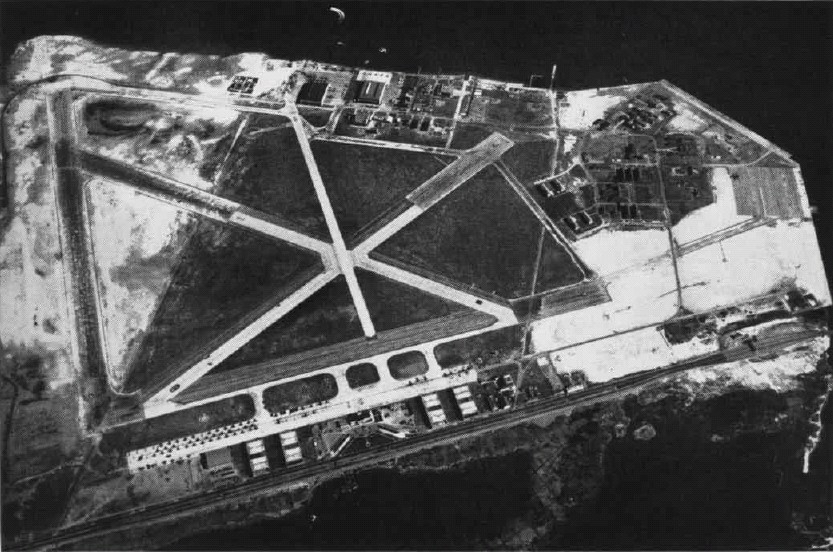

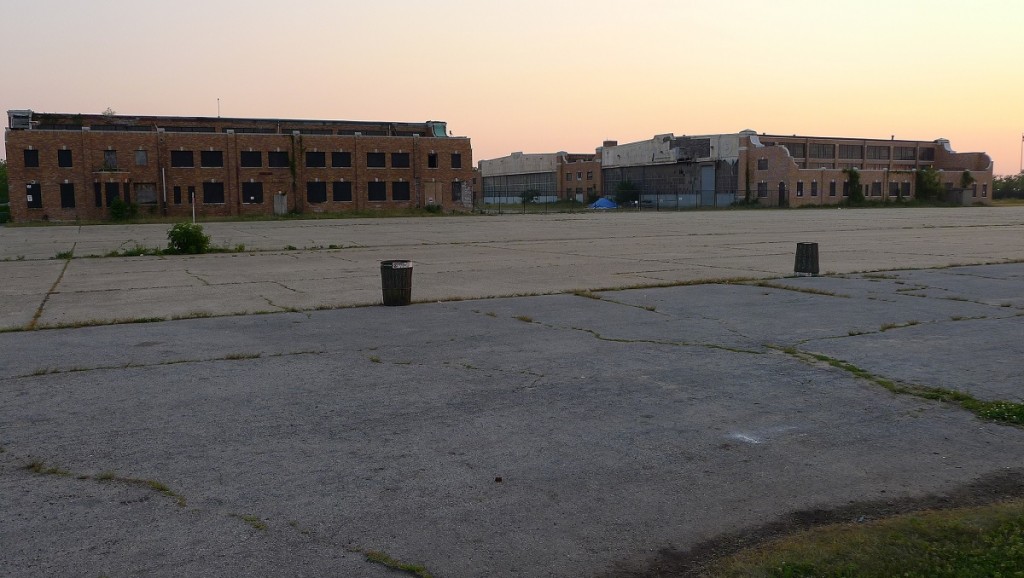
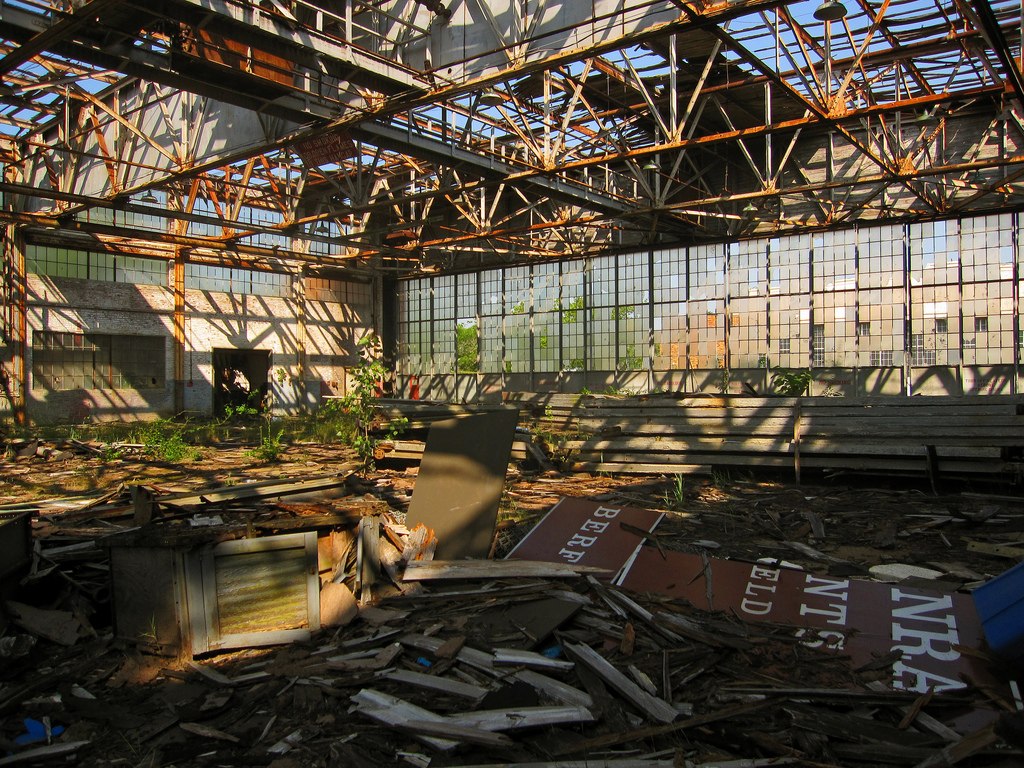
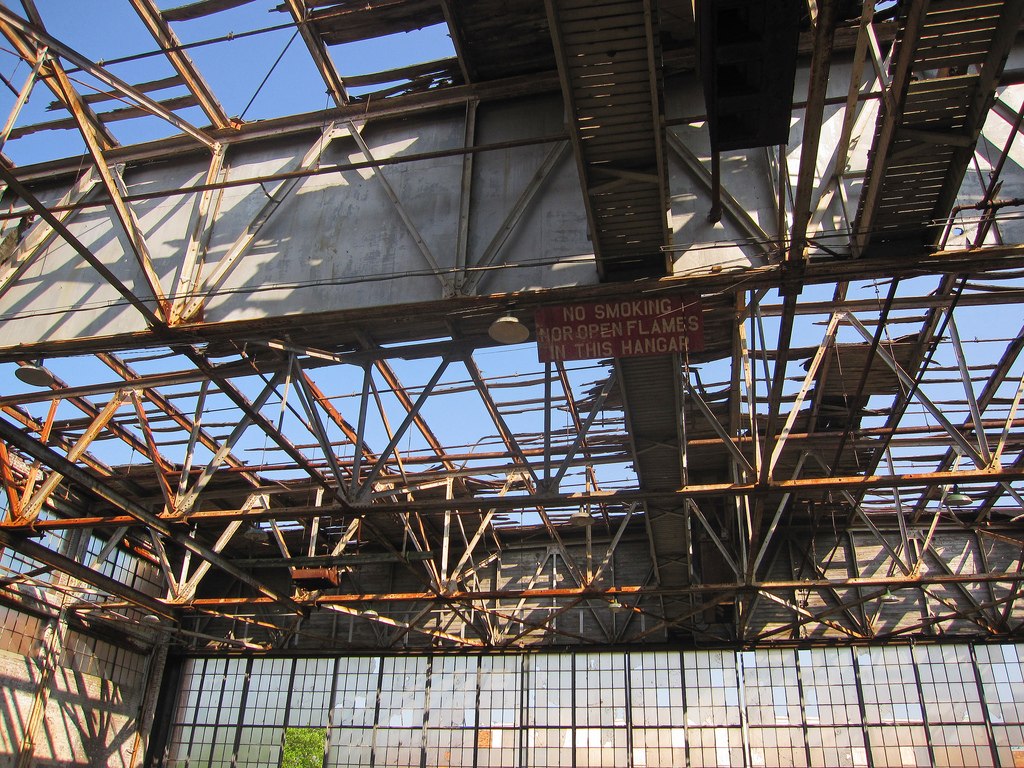

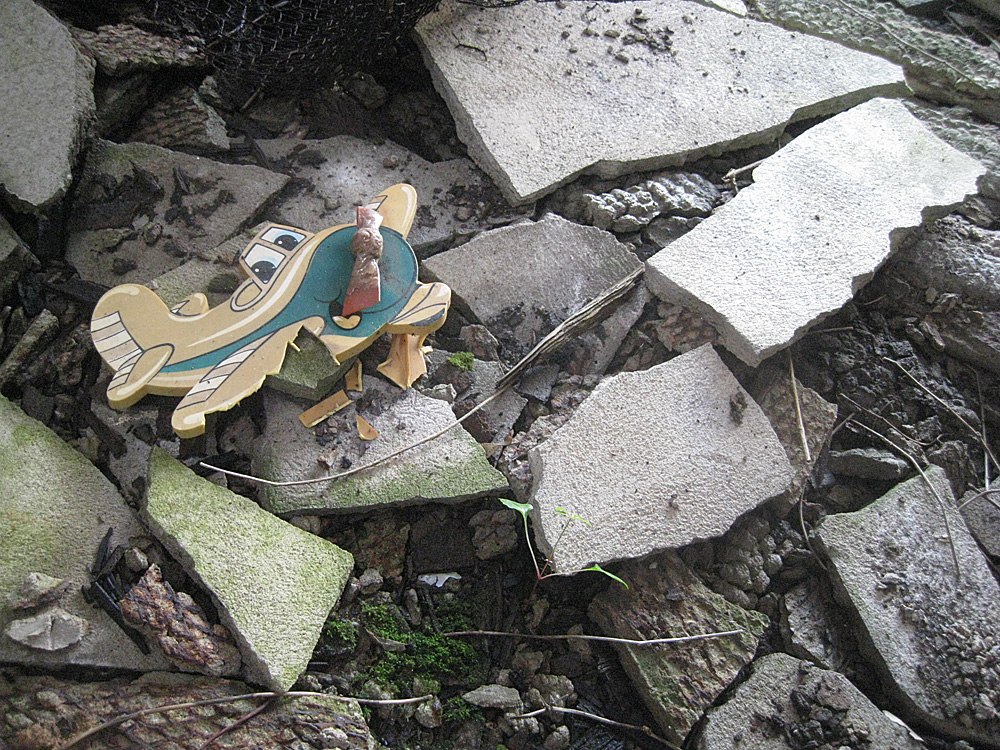
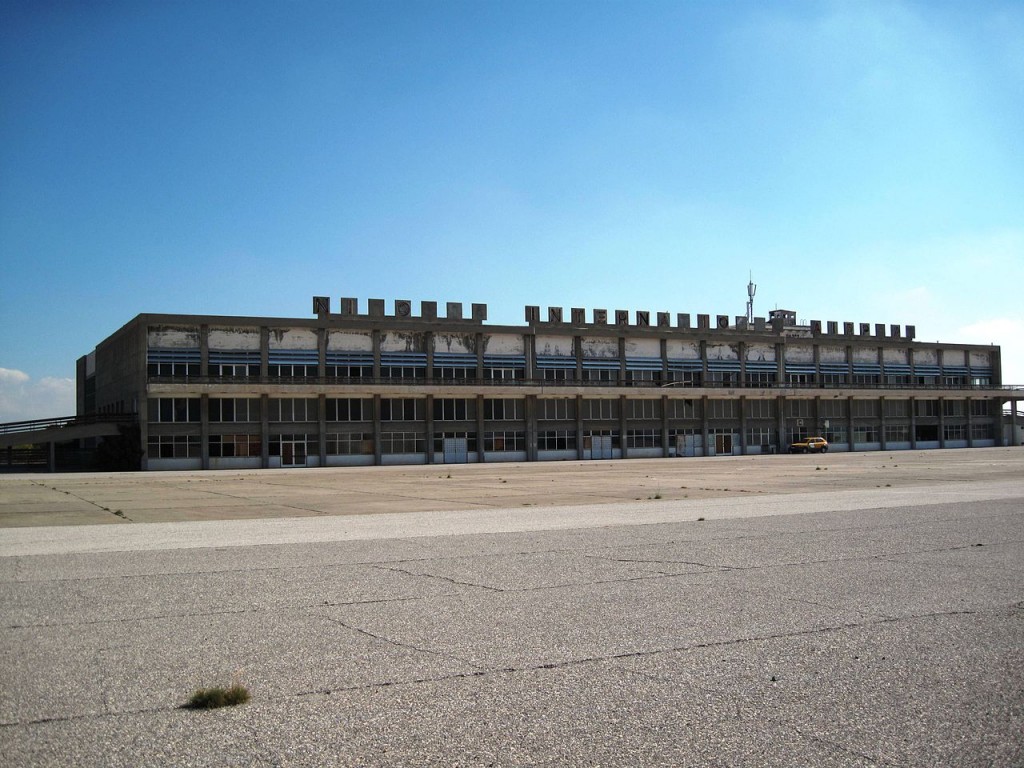
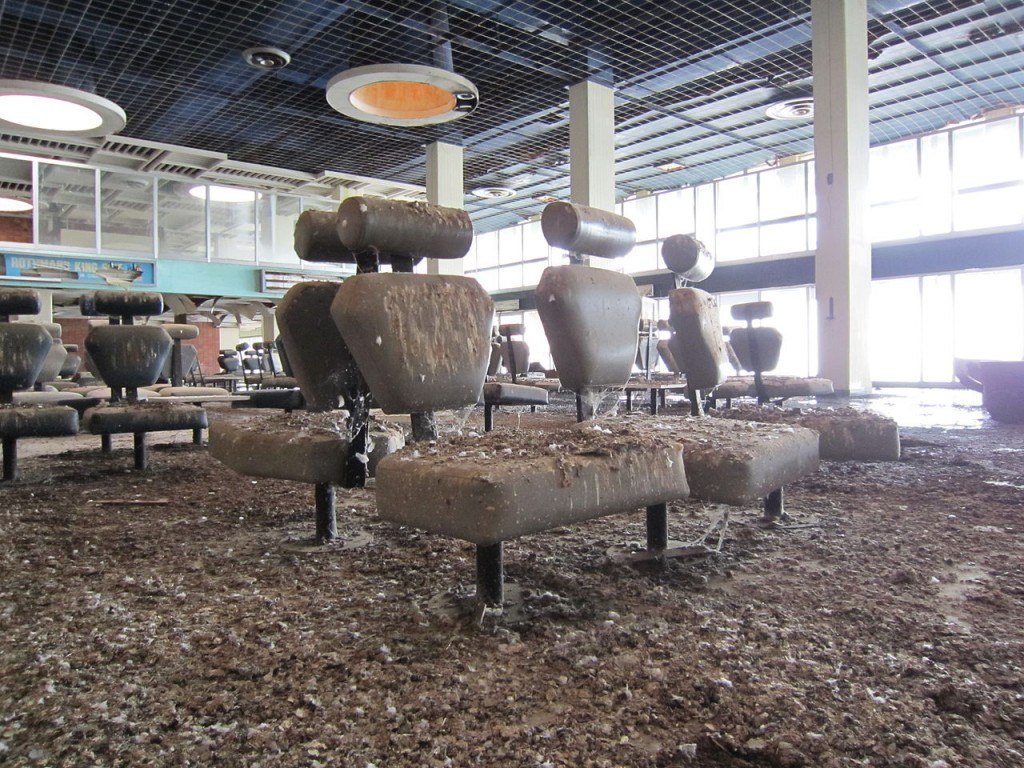
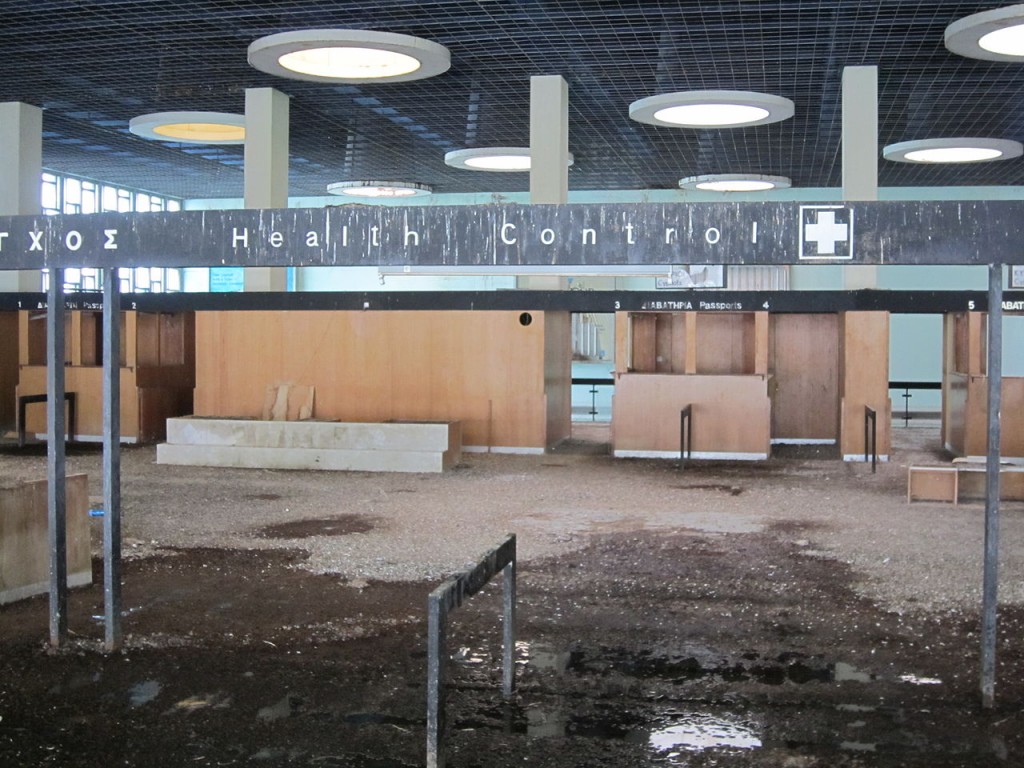
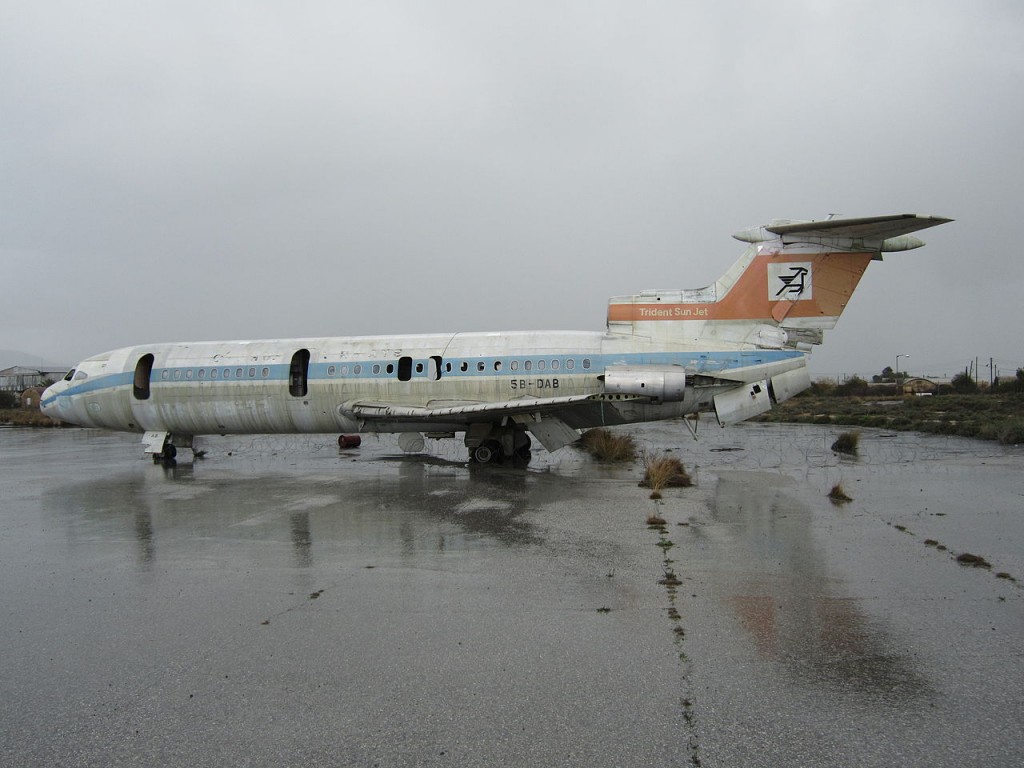




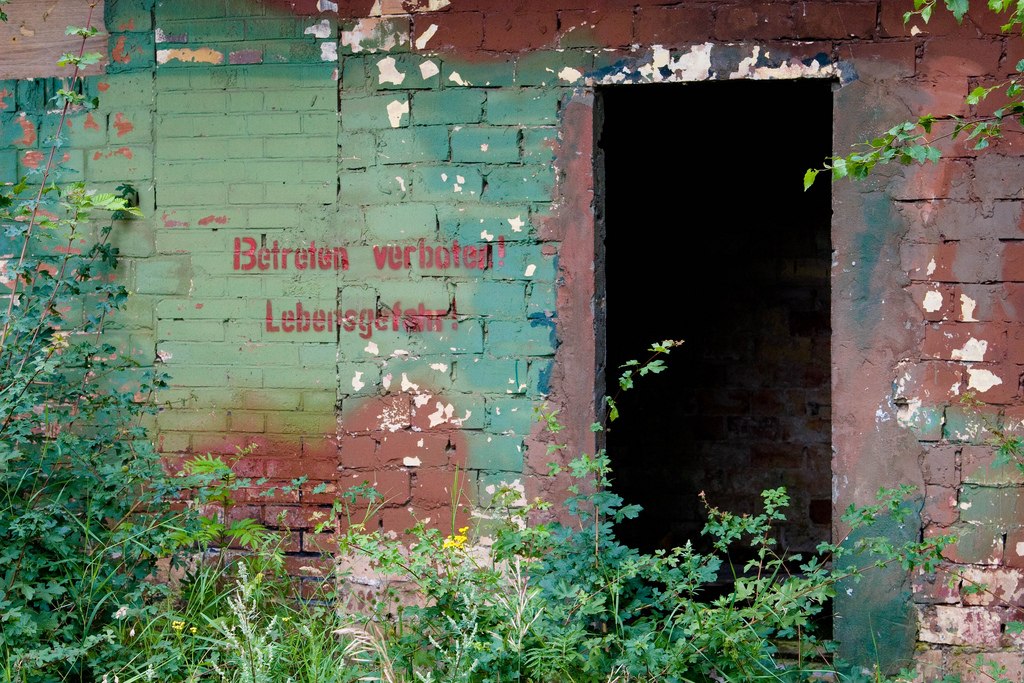
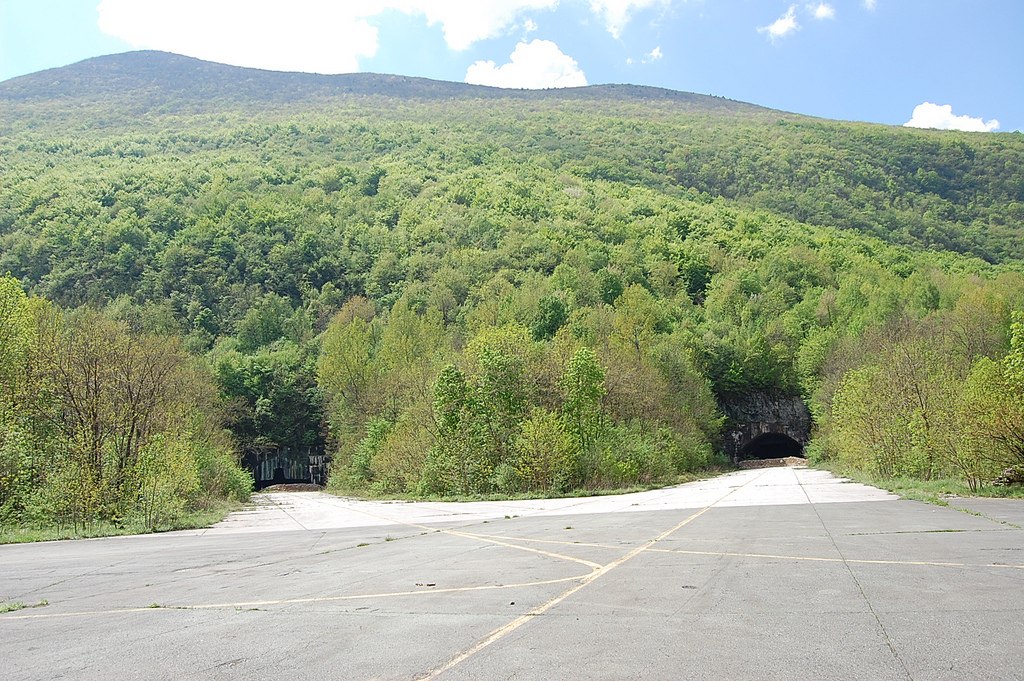
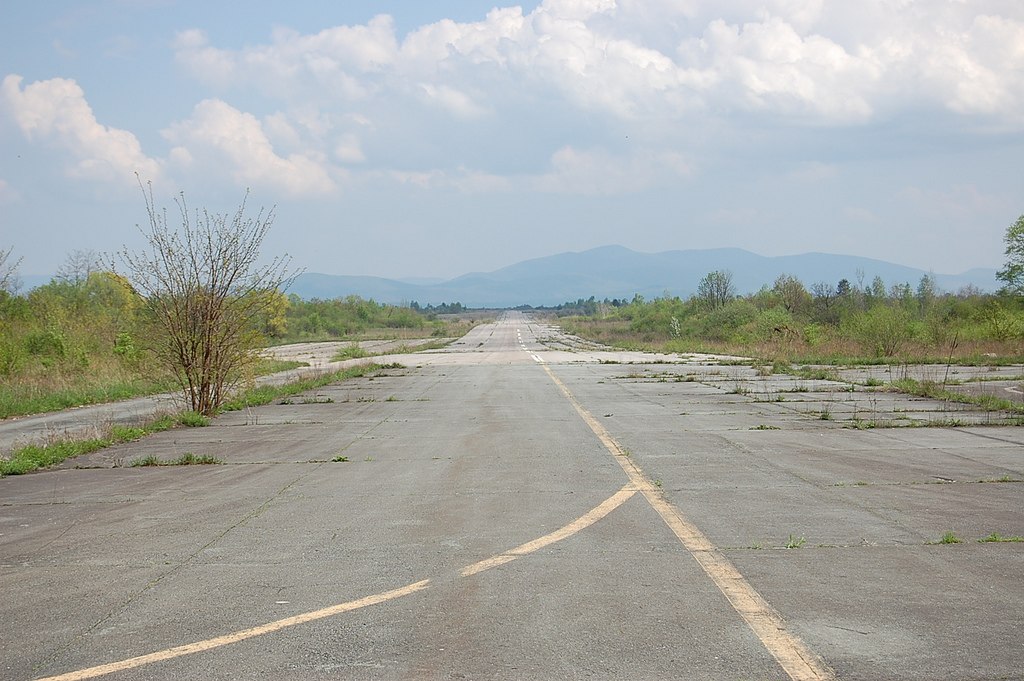
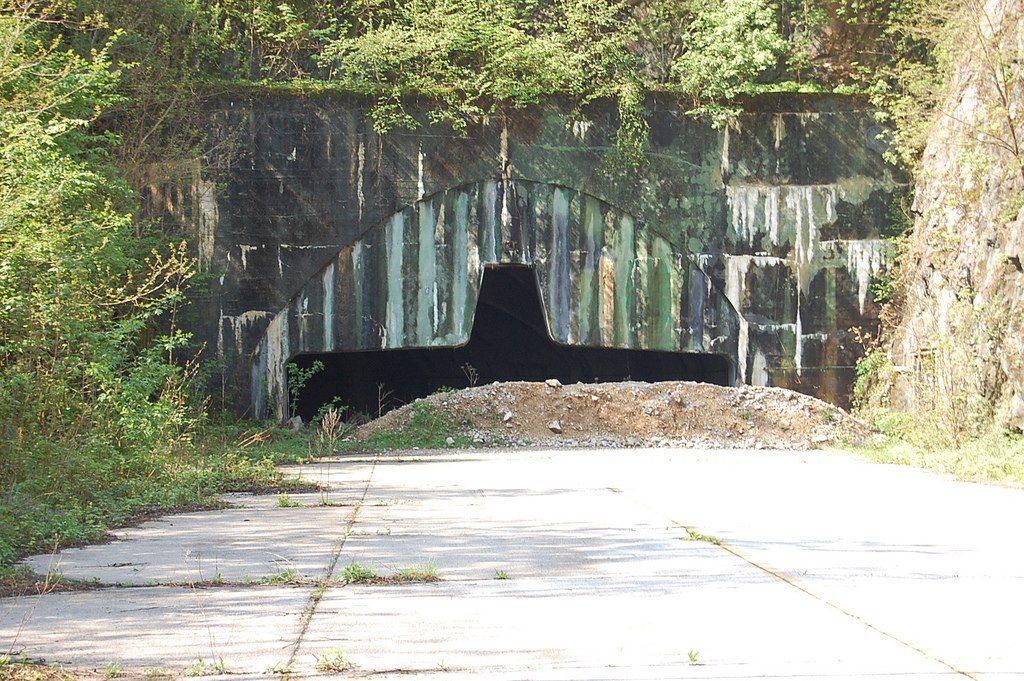
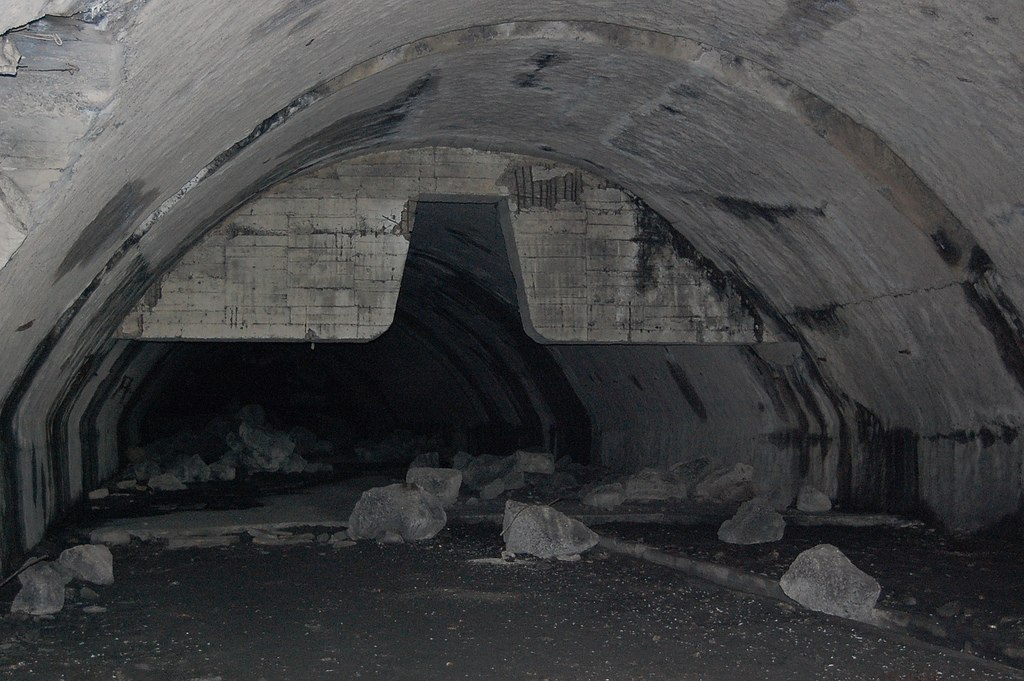
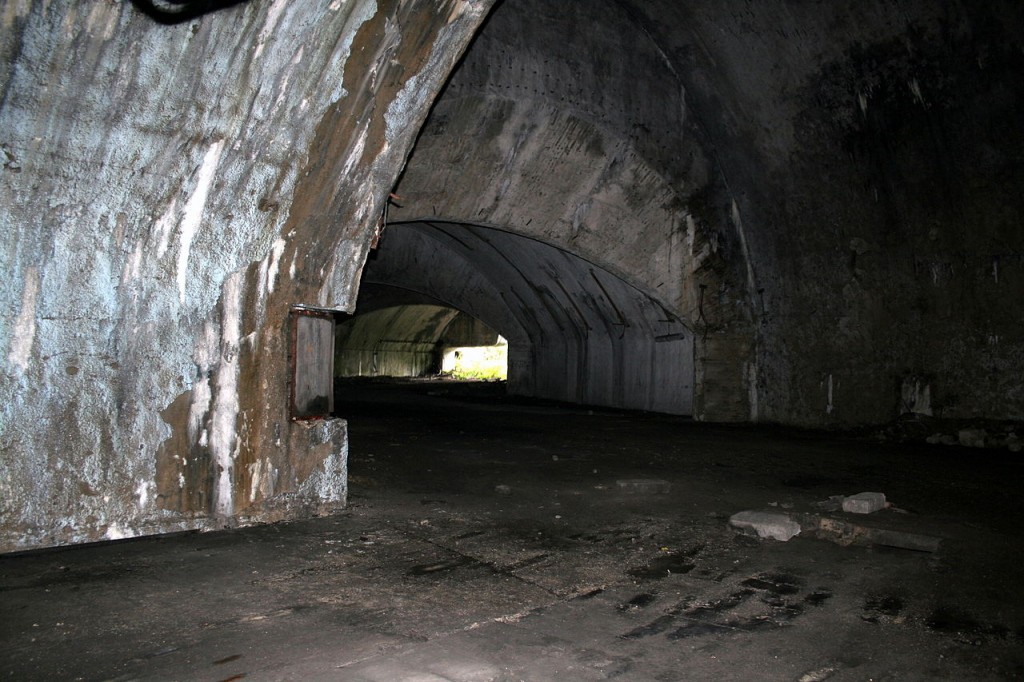
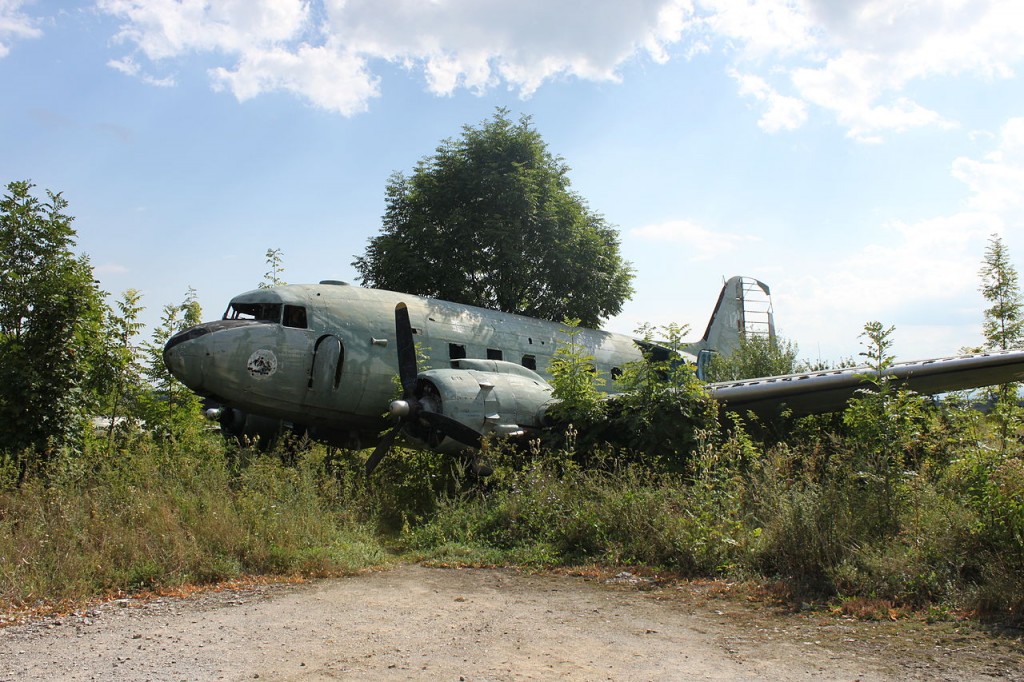
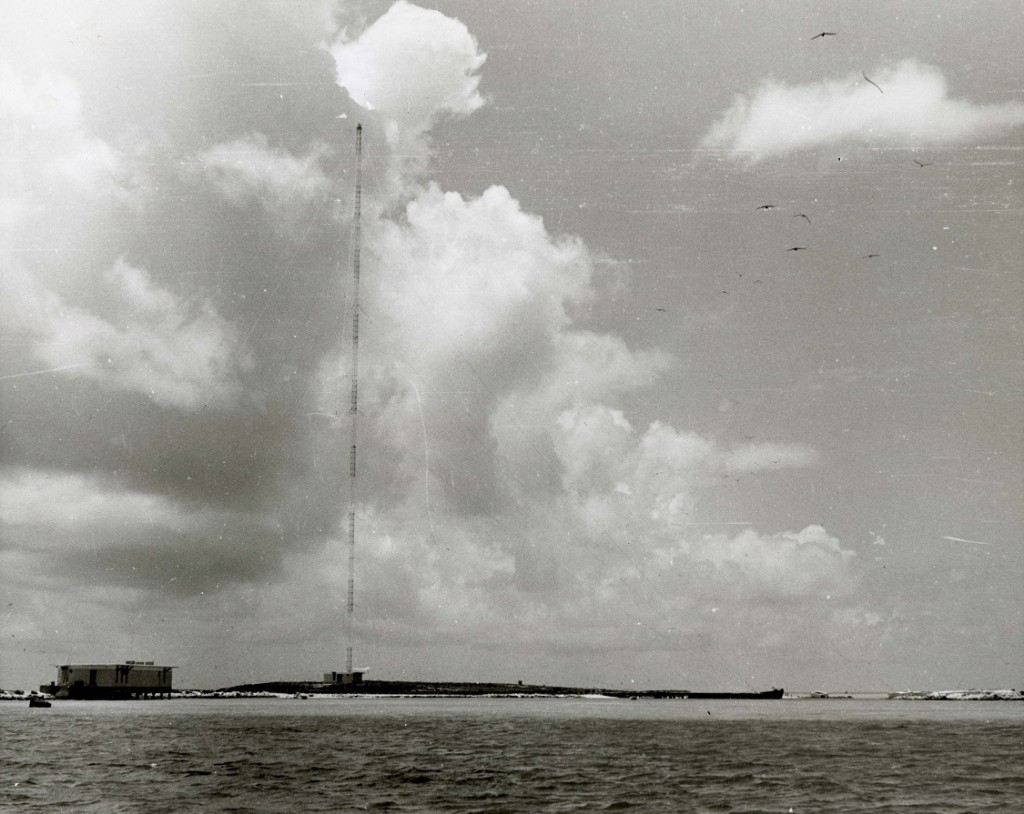


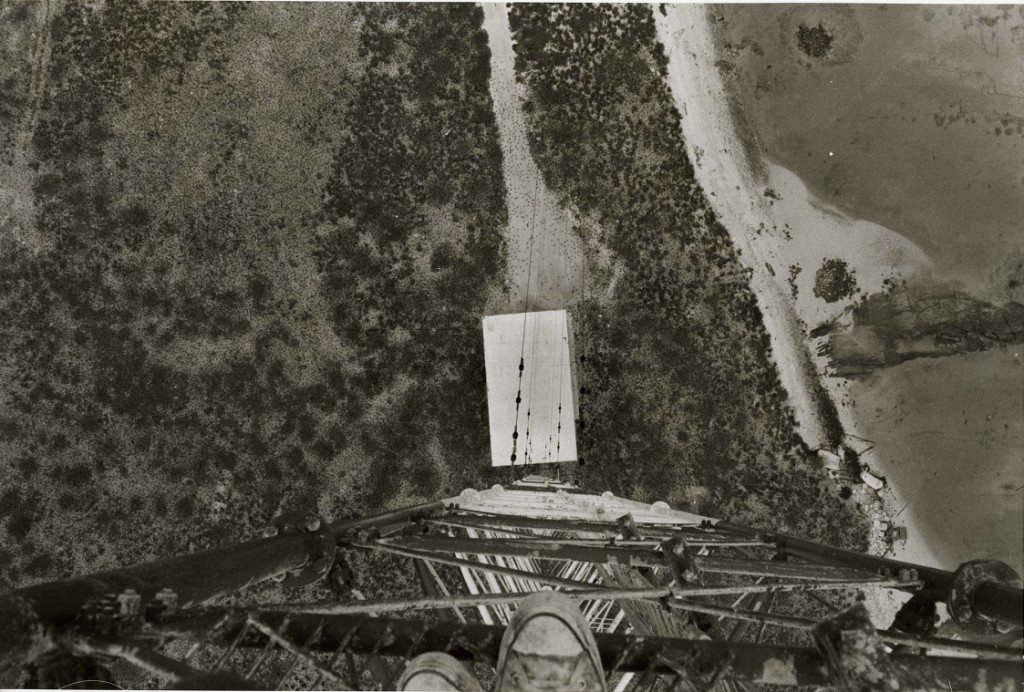
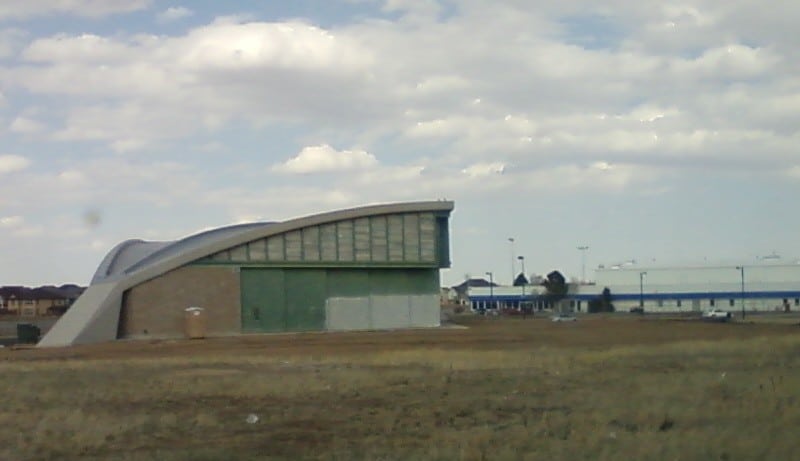



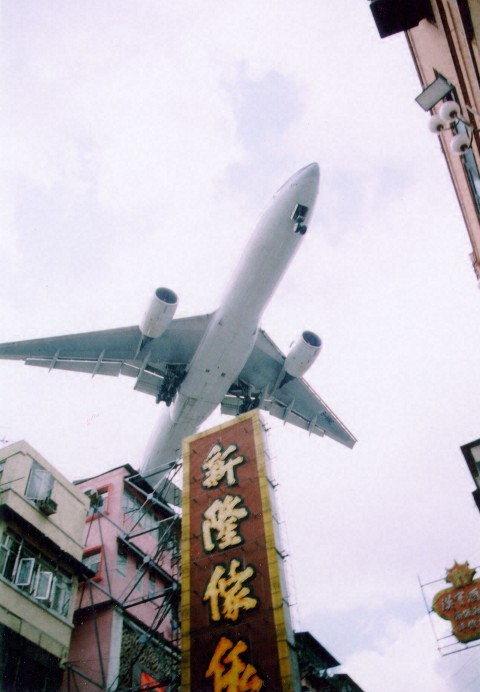


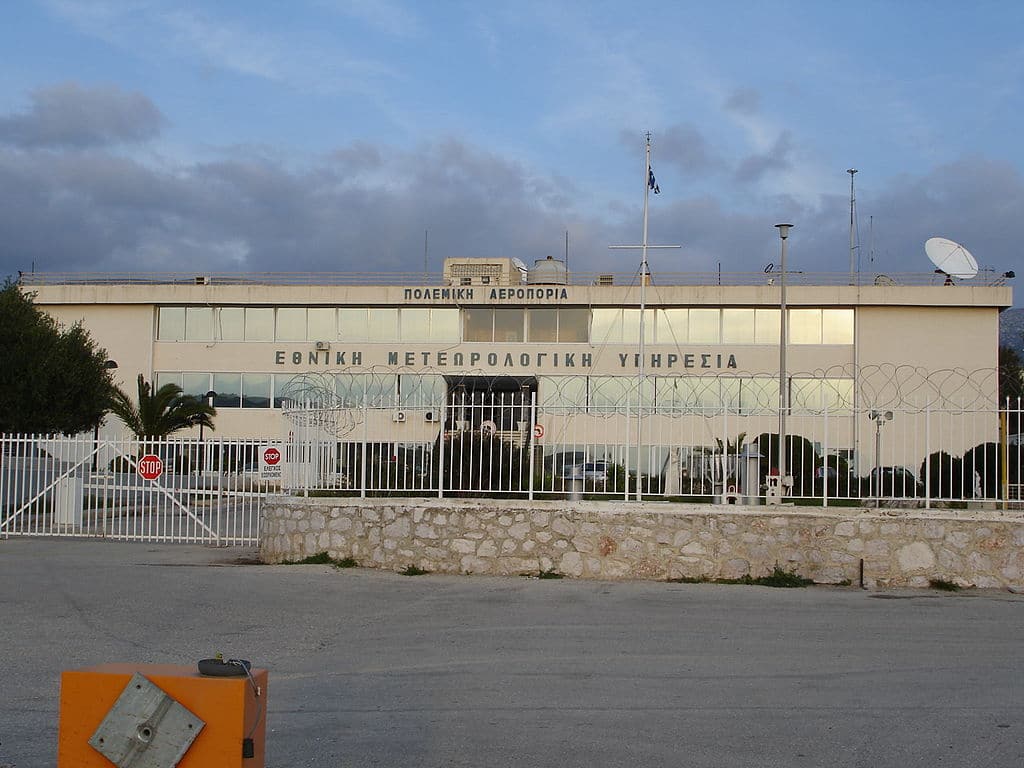
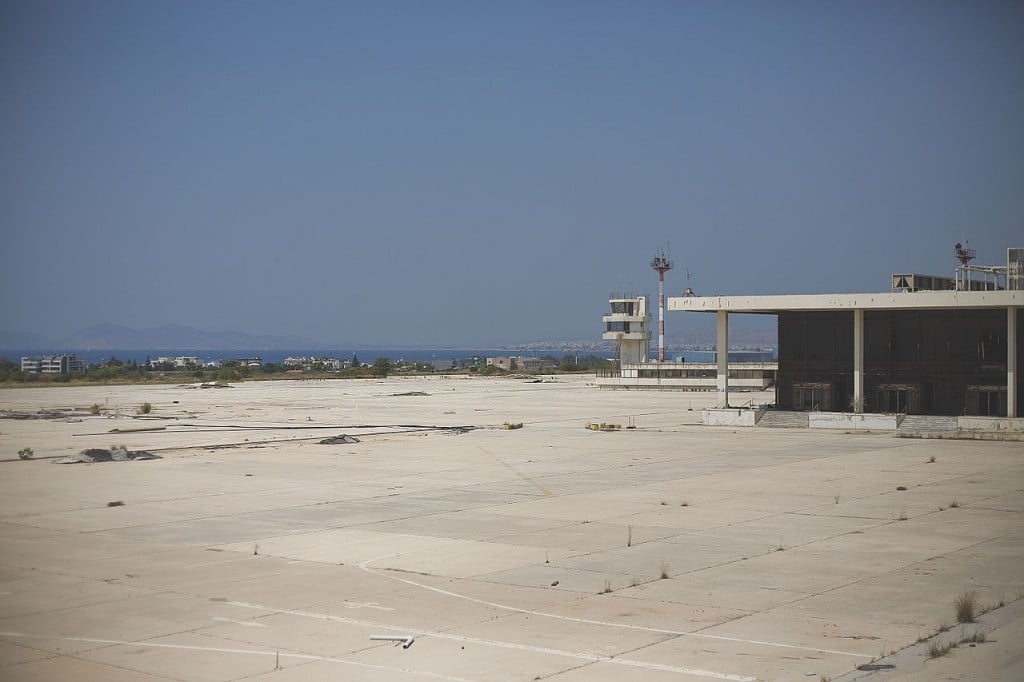


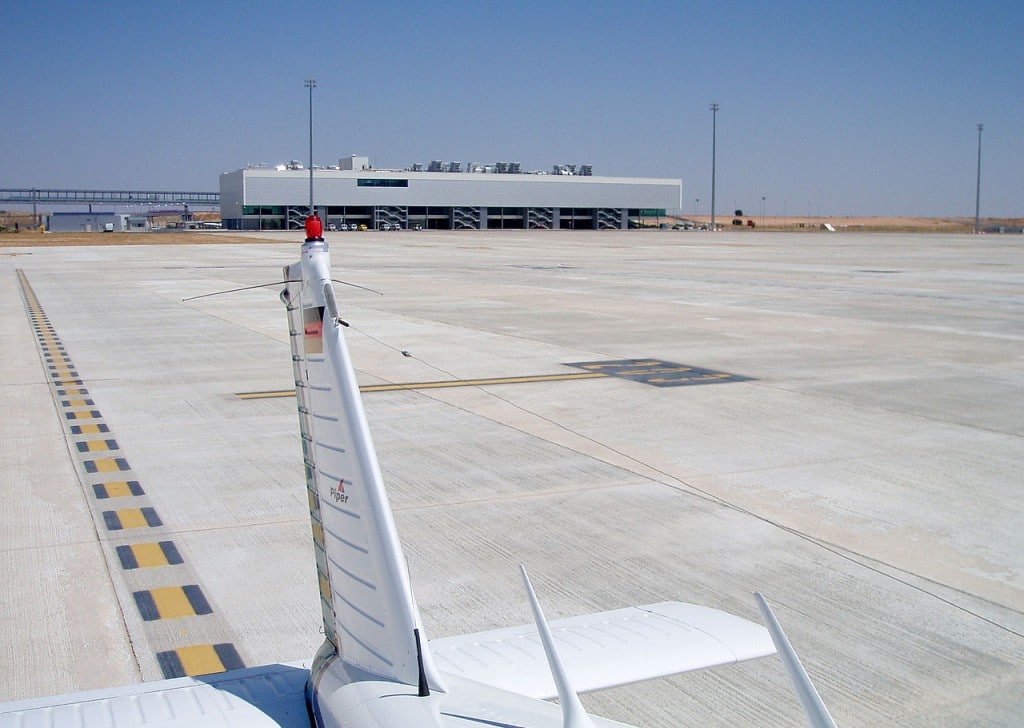
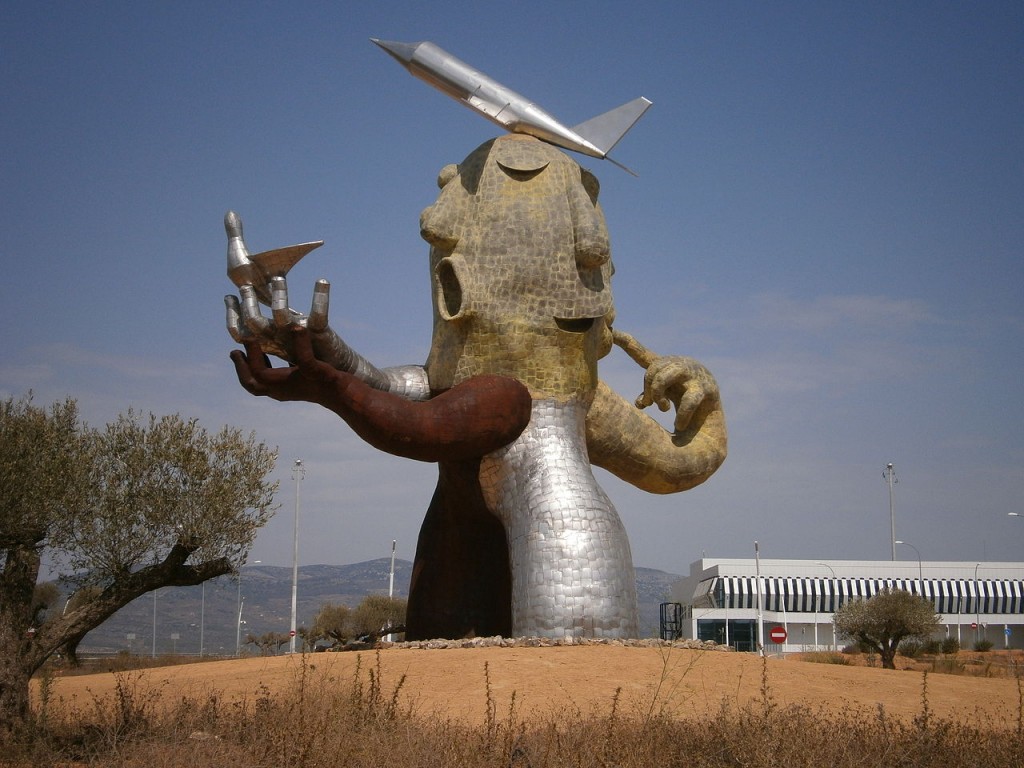
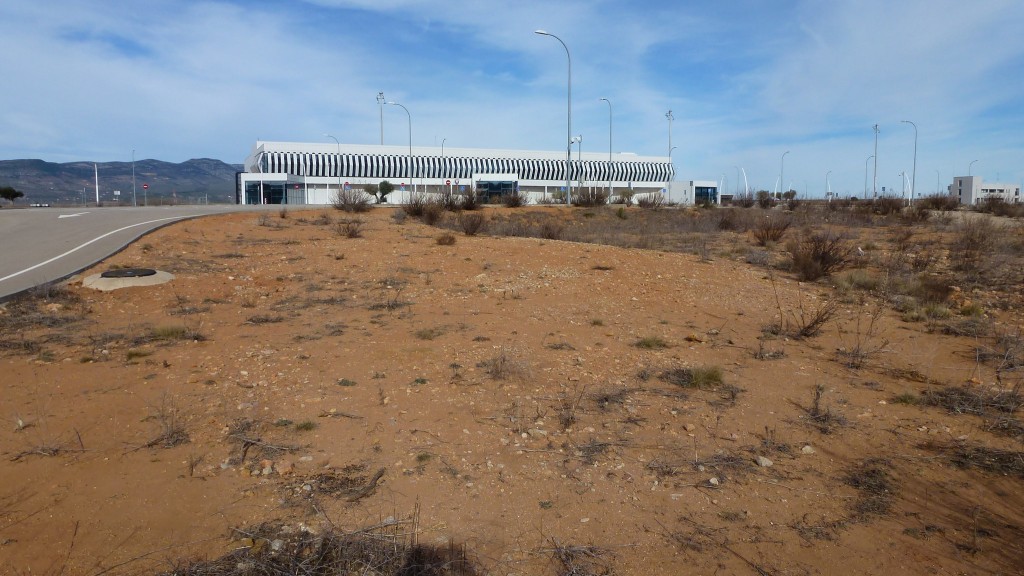





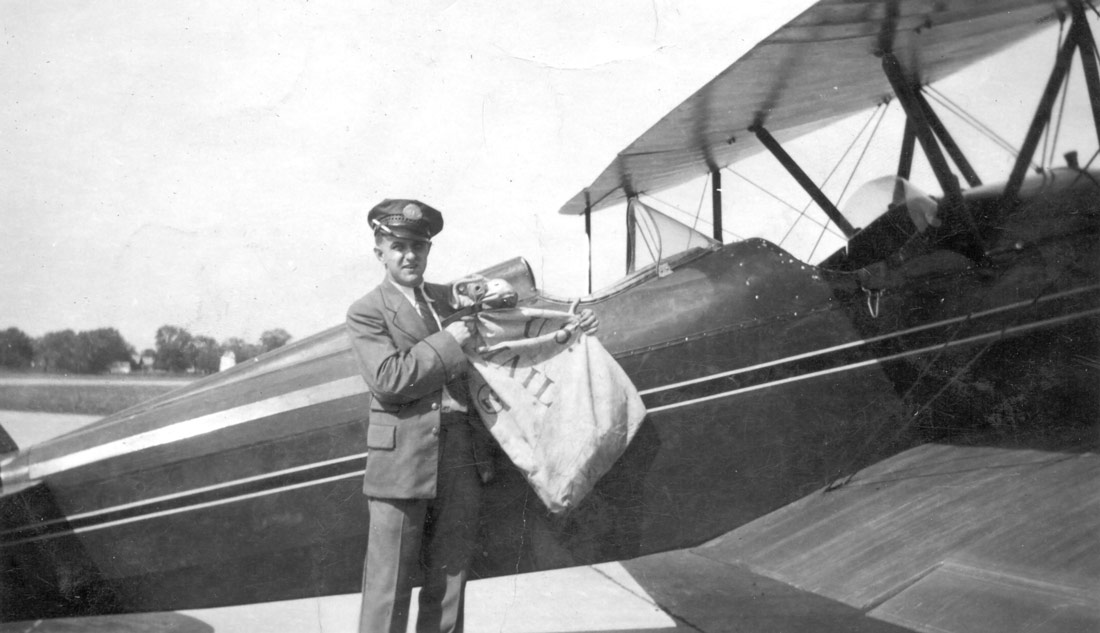
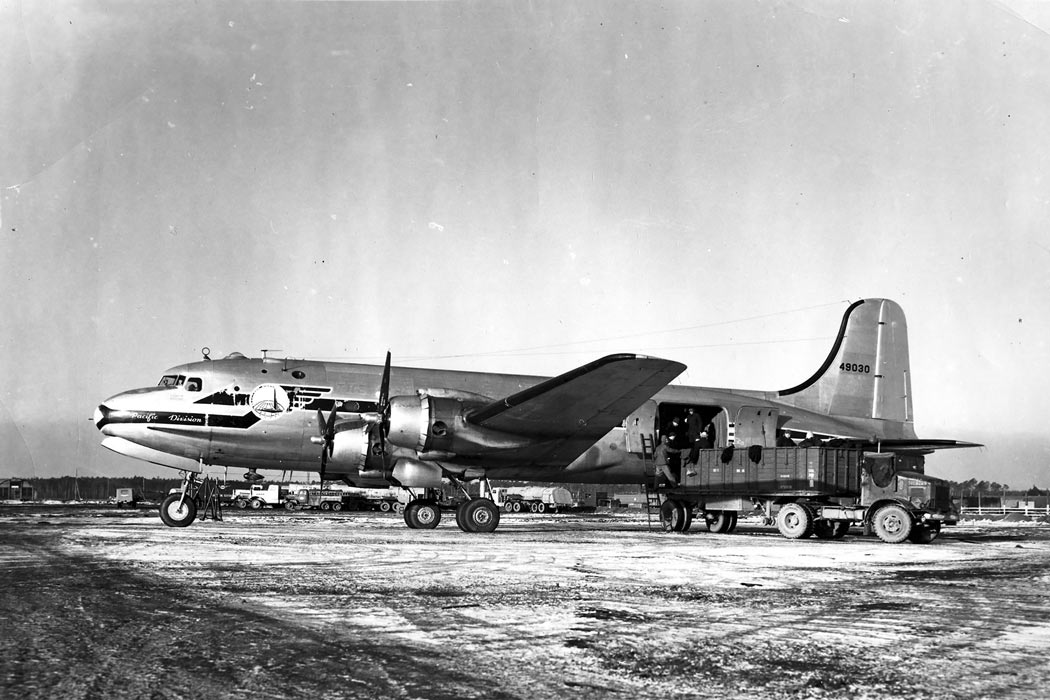
When we moved from San Francisco to Fairbanks, AK in 1948 “AD” LOL, we flew from Seattle to FBR in a Pan American World Airline Clipper, DC4. (Not pressurized and VERY little heat, and @ 9 or 10,000 ft. the drinkers and smokers started falling over) (true). It took 12 or 13 hrs. We landed @ the Army Base there, (which is now Ladd AFB), because “Weeks Field” which was up on 12th, 13th or 14th street, wasn’t paved nor long enough for such a large airplane. Three yrs ago, we flew from FBR to Minneapolis, Minn. in about 4 hours, waited 2 hours and flew to St Louis, our home, in about half the time our first Pan-Am flight took.